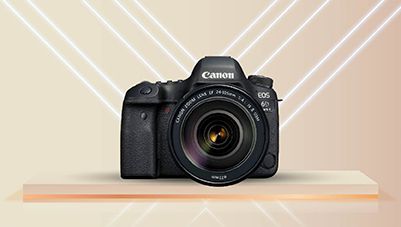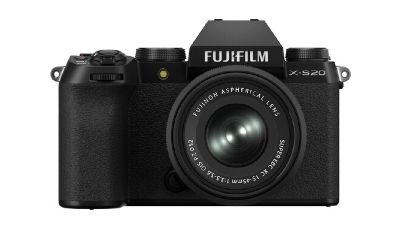Whether you are a beginner with a smartphone or a hobbyist with a DSLR, understanding exposure is key to capturing stunning photos. This simple guide breaks down the essentials—so you can shoot confidently in any setting. Learn about ISO, shutter speed, and aperture to click your travel adventures, indoor portraits and everything in between.
If you are looking for a new camera, discover a wide range at any of Bajaj Finserv’s 1.5 lakh partner stores in 4,000 cities in India. Choose your ideal model, pay with Easy EMIs, and enjoy zero down payment on select deals. Take advantage of hassle-free financing with Bajaj Finserv—check your loan eligibility now and bring home your desired camera without worrying about overspending.









